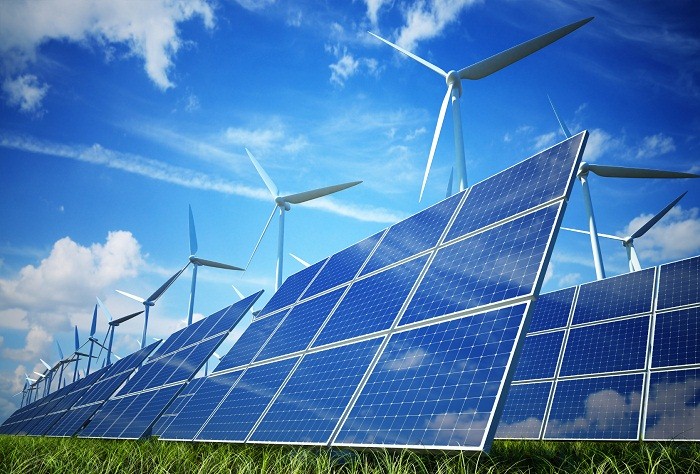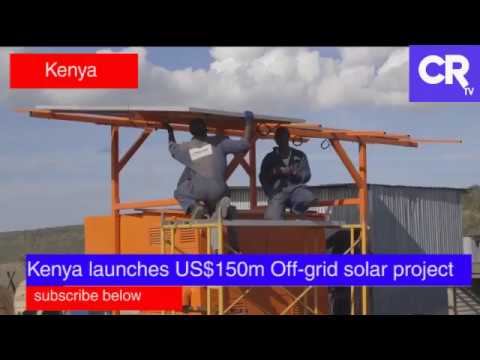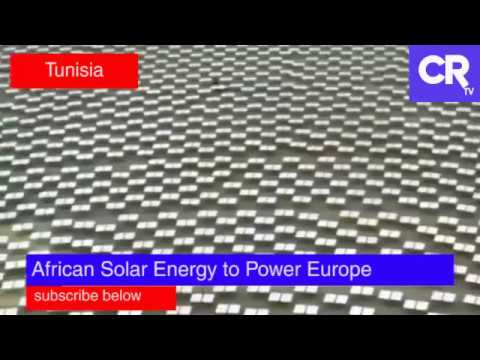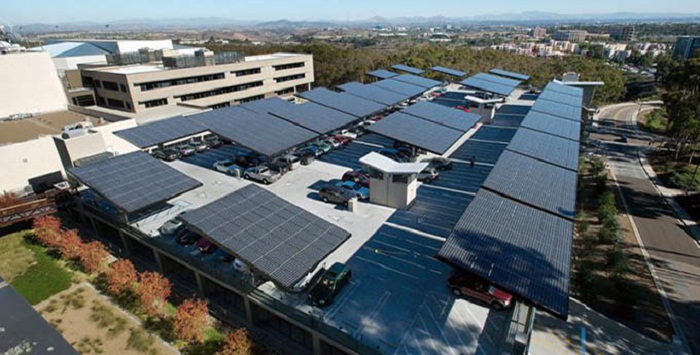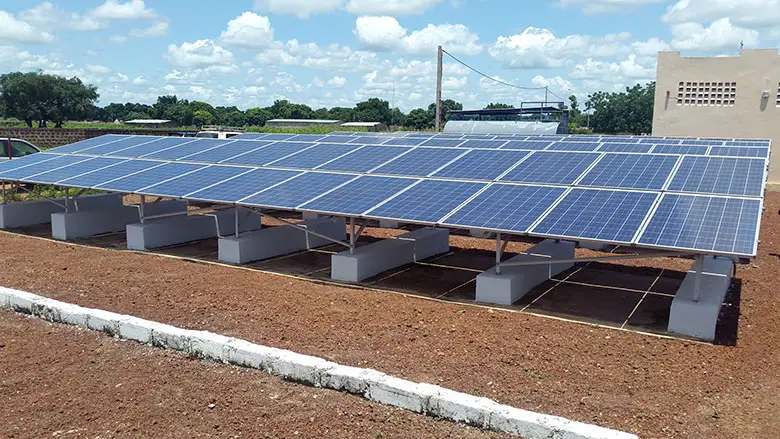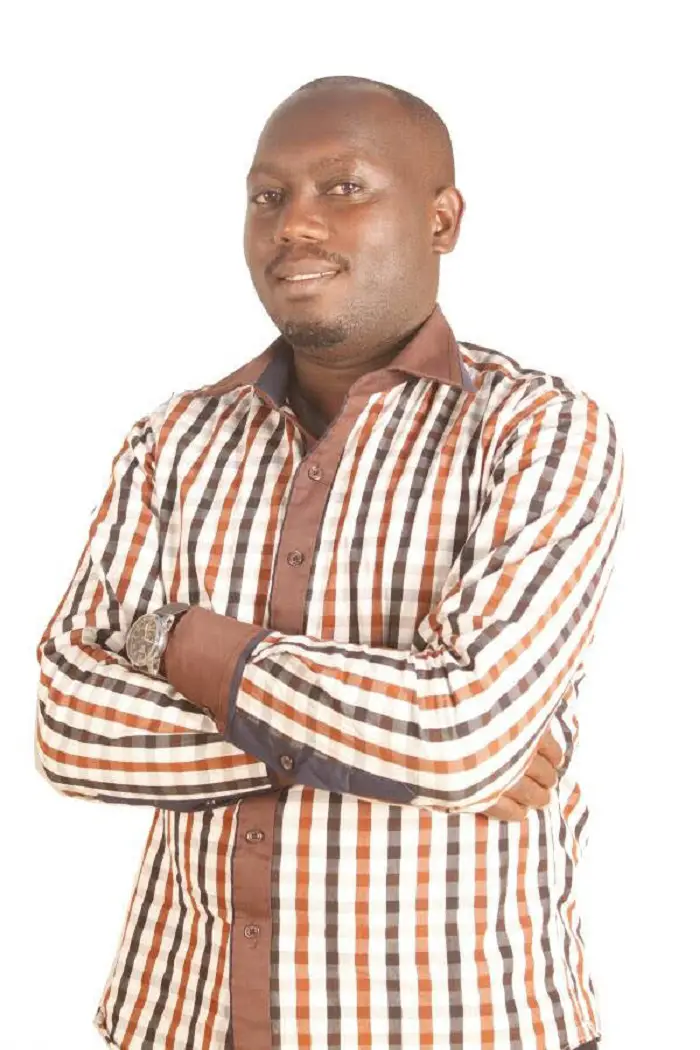Early this week, Kenya launched the Kenya Off-grid Solar Access Project (KOSAP). This is a $150 million World Bank initiative. The intention is for the project to provide power to multiple areas across the country. This is also part of the governments 2020 vision.
Joseph Njoroge, the Principal Secretary in the Ministry of Energy and Petroleum told a media briefing in Nairobi that approximately 690,000 households in 14 counties will benefit from the project. “KOSAP will involve setting up mini-grids in areas that currently do not have connection to the national electricity grid,” Njoroge said.
Off-grid solar project
Media reports show that data from the Ministry of Energy and Petroleum indicates that 6.2 million households have electricity connection. This also represents 70% of the population.
According to Njoroge, the Northern part of the country has many arid and semi-arid areas that are not currently connected to the electricity grid. He further explained that this is because the cost of electricity infrastructure is very expensive. This is especially considering the large distances and low population densities.
“As a result these households end up having to use kerosene for lightning and cooking,” he added.
The project aims to compliment the Last Mile Connectivity Project that subsidizes households to access the national grid, media said.
Also read:First Off-Grid Solar House Unveiled in Lagos
Sudeshna Banerjee, Practice Manager, for World Bank’s Global Energy and Extractives Practice for the African Region said that the country’s electricity grid footprint remains largely localised in the central belt of the country where 80% of the population lives.
